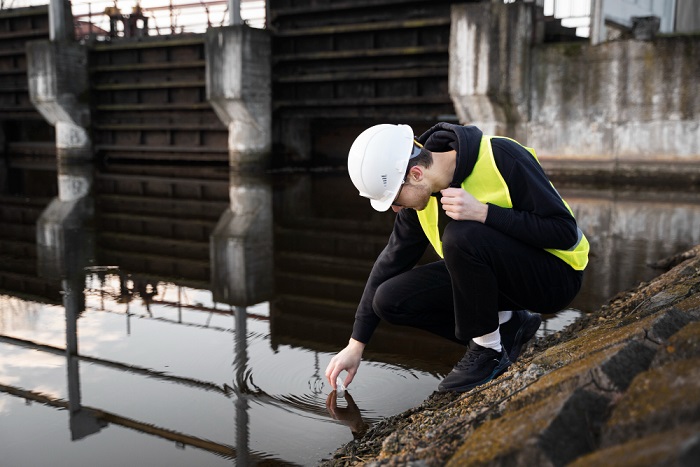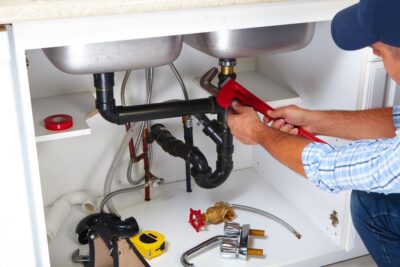Waterproofing is a crucial aspect of building construction, especially in regions prone to heavy rainfall or high humidity. It prevents water from seeping into the structure, protecting it from damage and ensuring longevity. In this article, we will delve into the different types of waterproofing techniques commonly used in construction projects, with a focus on the services provided by waterproofing contractors in Melbourne.
Understanding the Importance of Waterproofing:
Before discussing the techniques, it’s essential to recognise why waterproofing is necessary. Water intrusion can lead to structural damage, mold growth, and deterioration of building materials. By implementing effective waterproofing measures, property owners can safeguard their investments and maintain the structural integrity of their buildings.
Types of Waterproofing Techniques:
- Cementitious Waterproofing:
- This technique involves the application of cement-based coatings or additives to concrete surfaces.
- It forms a rigid barrier that effectively prevents water penetration.
- Cementitious waterproofing is commonly used in basements, swimming pools, and water tanks.
- Liquid Waterproofing Membrane:
- Liquid membranes are applied as a coating onto the surface, forming a seamless, flexible barrier.
- They are suitable for both horizontal and vertical surfaces, offering excellent adhesion and durability.
- Liquid waterproofing membranes are ideal for roofs, balconies, and wet areas like bathrooms and kitchens.
- Bituminous Waterproofing:
- Bitumen-based products, such as asphalt or coal tar, are used in this technique.
- These products are applied in hot or cold form, forming a protective waterproof layer.
- Bituminous waterproofing is commonly used in below-grade structures, such as basements and foundations.
- Membrane Waterproofing:
- Membrane systems consist of prefabricated sheets or rolls made from materials like PVC, EPDM, or TPO.
- These membranes are installed on the surface and welded or adhered together to create a watertight seal.
- Membrane waterproofing is suitable for roofs, decks, and below-grade applications.
- Bentonite Waterproofing:
- Bentonite clay is used in this technique, either in the form of panels or as a slurry applied directly to the surface.
- When hydrated, bentonite forms an impermeable barrier that swells in contact with water.
- Bentonite waterproofing is often used in below-grade applications, such as elevator pits and tunnels.
Waterproofing Contractors in Melbourne:
Melbourne, known for its unpredictable weather patterns, requires reliable waterproofing solutions to protect buildings from moisture damage. Waterproofing contractors in Melbourne offer a range of services tailored to the needs of residential, commercial, and industrial clients. These contractors specialise in assessing the waterproofing needs of a property and recommending the most suitable techniques for optimal protection.
Services offered by waterproofing contractors in Melbourne include:
- Site inspection and assessment of waterproofing requirements.
- Customised waterproofing solutions tailored to specific project needs.
- Application of high-quality waterproofing materials and products.
- Professional installation by experienced technicians.
- Maintenance and repair services to ensure long-term effectiveness.
Conclusion:
Effective waterproofing is essential for maintaining the integrity and longevity of buildings, particularly in regions prone to moisture infiltration. By understanding the various waterproofing techniques available, property owners can make informed decisions to protect their investments. In Melbourne, waterproofing contractors play a crucial role in delivering reliable and durable waterproofing solutions to ensure the resilience of buildings against water damage.





